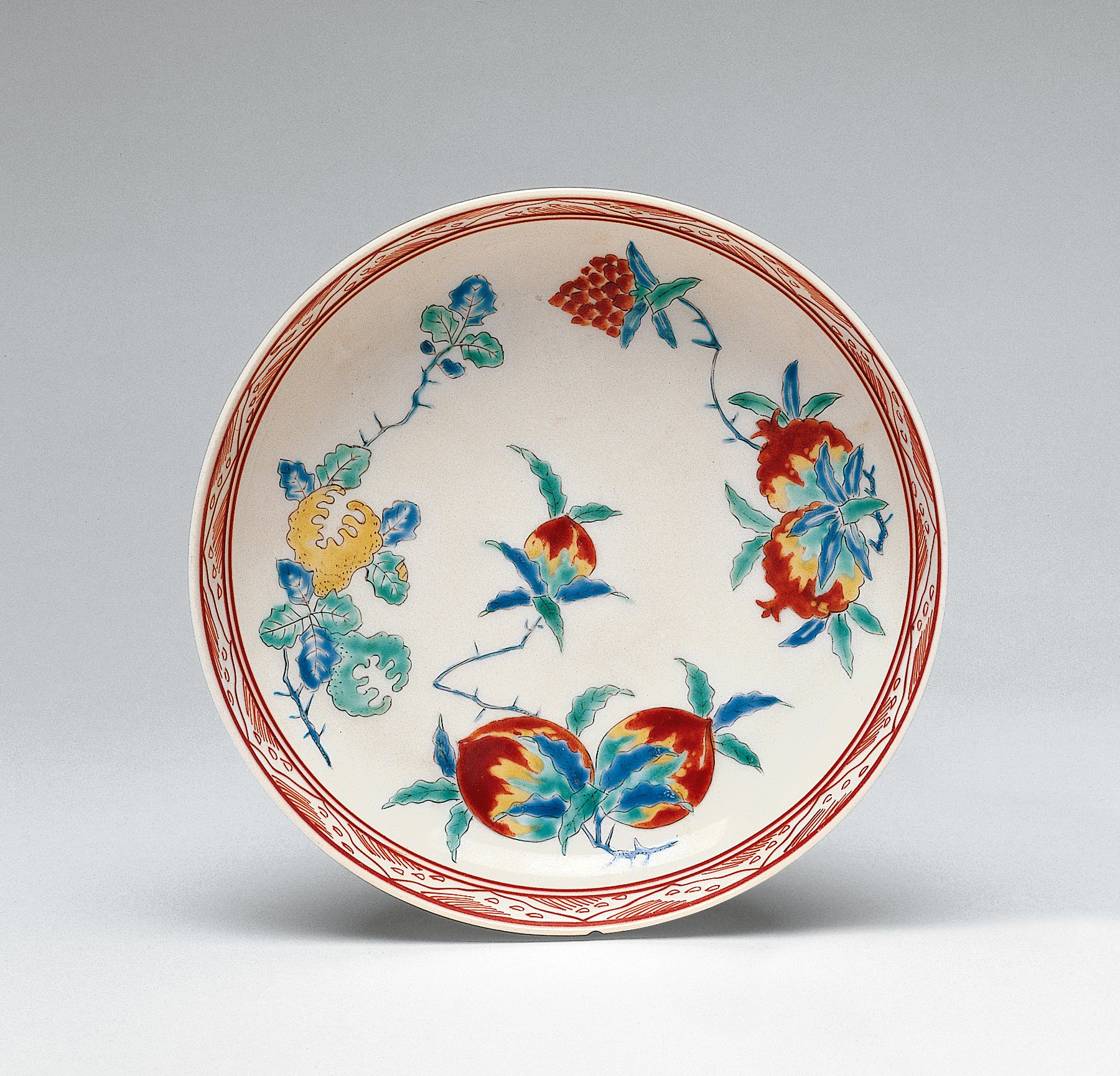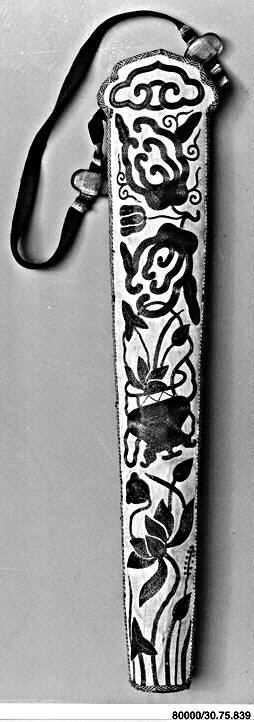Buddha's Hand: Looking Good, Smelling Good, and Feeling Happy.
Citrus medica var. sarcodactylis being savagely prepared for chutney and candy by the author.
One afternoon, under the shade of a citron tree, Gautama Buddha reached toward a bough weighted with fruit. He plucked one and considered it for a moment. It was large, round and unappealing to the eye. Biting into its flesh, he found only an offensive bitterness. The Buddha, being so displeased with the fruit, resolved to reach forward again to smite it from existence for its worthlessness. The Buddha would have exercised this power if not for compassion, because, in the same moment, he gave the tree a choice: produce a fruit appealing to humankind or cease to exist. The tree obliged to please the Buddha.
The fruits reached back toward the the Buddha, mirroring the enlightened one’s own outstretched hand. The flesh began glowing a brilliant yellow and exuded sweet perfume. Being so pleased, the Buddha sanctioned the existence of Citrus medica var. sarcodactylis [9].
Thousands of years later, a weirdo began writing about the fruit on his laptop at 12:20 am with the rain falling down outside.
Welcome to the oddly shaped, sweet-smelling, touchy-feely, happily symbolic, and art-inspiring world of the Buddha’s Hand.
May it please your eye and sweeten your soul.
Citrus medica var. sarcodactylis
Synonyms— Citrus aurantium var.
Buddhafingered; Citrus chirocarpus; Citrus medica var. chirocarpa; Citrus medico var. digitata; Citrus sacrodactylus; Fructus citri sarcodactylis
Family — Rutaceae
Family Characteristics — Rutaceae family members tend to have strong-smelling herbage and bisexual flowers with a nectary located on or within the stamen [4].
Aliases — Buddha’s Fingers, Finger Citron, Fingered Citron, Finger Lemon Fruit; Fo Shou - 佛手 (CHINESE); main de Bouddha (FRENCH); haind oph buddha phal - इसे हैंड ऑफ बुद्धा फल (HINDI); bushukan - 仏手柑 (JAPANESE); etrog (YIDDISH).
Trinomial Etymology—Citrus, referring to any member of the Citrus genus, is a LATIN term derived from the Classical GREEK word, κέδρος [1] (pronounced ké.dros) which meant “cedar" [2].; medica is a LATIN term meaning “heal,” or “healing” [3]. The suffix, sarco- is derived from a GREEK word meaning “flesh” [3]; -dactylis is derived from GREEK term referencing “fingers” [3]. So, we could say that the binomial references a healing citrus with fleshy fingers.
Binomial Pronunciation: — ˈsɪtrəs mĕdĭca
What Does Buddha’s Hand Taste Like?
Now is the time to clue you in on a very strange characteristic of this “fruit:”: it typically contains neither pulp nor seeds. If you do not believe me, learn the brutal truth in the short video below.
The flavor of this thick rind is nowhere near as bitter as a typical lemon rind and it carries a stronger perfume of lemon zest.
Culinary Uses of Buddha’s Hand
The CHINESE used the fruit to make preserves [11], and various glutinous rice wines were made with the Buddha’s Hand fruit in the 19th century [12]. Fo Shou Chiu, liuei-hua Chiu, and Tung sang Chiu were reportedly three [12].
I’ve personally used the fruit to make candy and chutney.
Ethnobotany of Buddha’s Hand
Etrog, being a Yiddish term for all varieties of citron under the Citrus medica umbrella, is traditionally carried in the left hands of JEWISH devotees during the Feast of Tabernacles on account of its sweet fragrance [11]. However, it unclear if such a loudly eccentric-looking varietal would be welcomed under the strictest of orthodoxies, or in any sect for that matter.
“Get that yellow squid out of here, Levi.”
Perhaps more expansively, the CHINESE were known to carry the fruit, display the fruit upon their tables, press the fruit with their clothes, and juice the fruit to wash their linens with [11] in order to extract the same sweet fragrance. The scent was reportedly known amongst them to further possess the fortunate benefit of being a demon-repellant [13].
Medicinally, the sliced and dried fruit (known to the CHINESE as Fo-shou-p'ien)—as well as the roots and leaves— were used to stimulate the appetite (stomachic), as a general stimulant, cough medicine, expectorant, and an invigorating tonic [11].
Buddha’s Hand in Artwork
Buddha’s Hand citron is an icon in both Japanese and Chinese artistic symbolism representing one of a trilogy of fortunes collectively known as “The Three Abundances” (Fu shou san duo). Buddha’s Hand Citron is used to represent an abundance of happiness [6][7] along with a pomegranate bursting with seeds (abundance of descendants), and the peach (abundance of years) [6].
Peaches, Pomegranate, and Fingered Citron. Painted by Yamamoto Baiitsu, 1832.
Dish with Pomegranates, Peaches and Finger Citron. 18th century Japan. Artist Unknown.
The following gallery represents a personally curated tour through the dusty storage area of The Metropolitan Museum of Art’s online open source archives. This is an incredible resource, and I extend my sincere thanks to The Met for making it available.

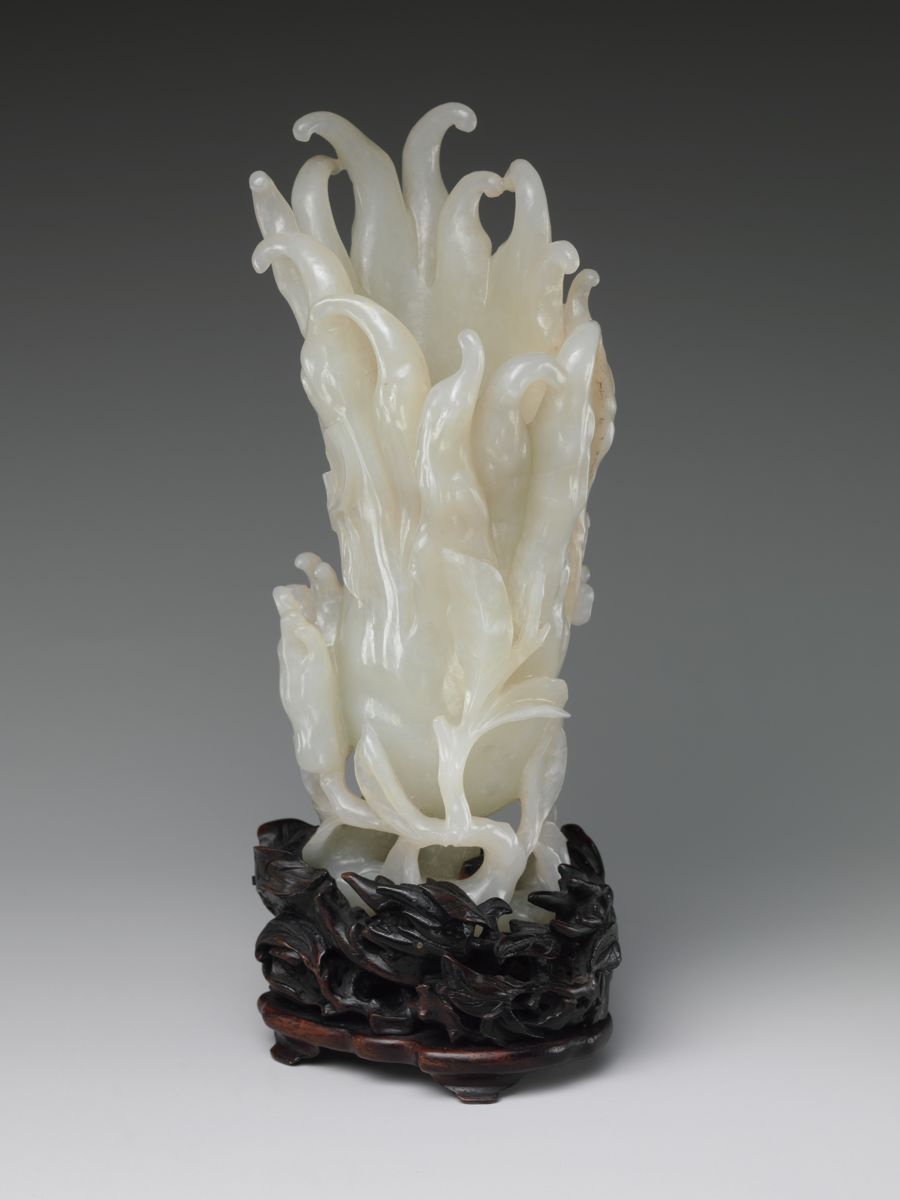

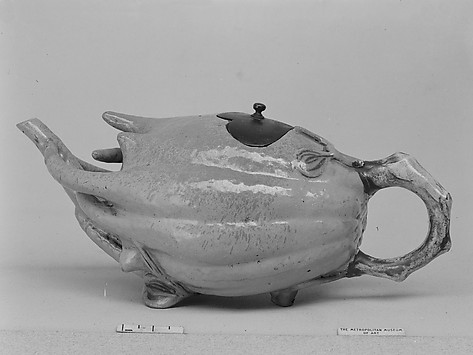
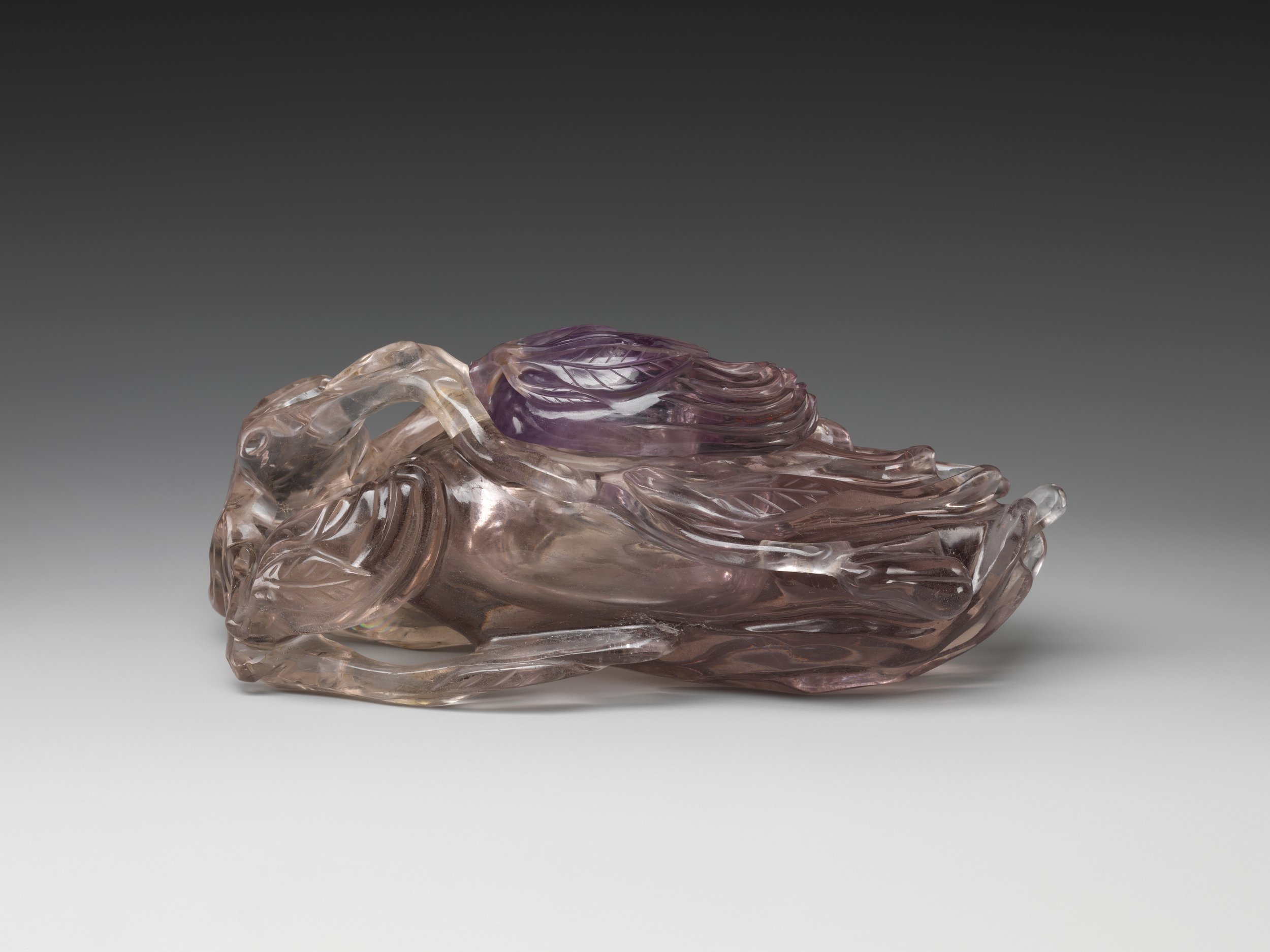
Pull Up Your Plants! (PUYP) is now receiving visits from all over the world. Please take the time to leave a comment or subscribe below. I’d like to hear about your experiences with Buddha’s Hand.
For source citations, please email Kevin Healey at
pullupyourplants. @ gmail.com
With Love,
Kevin.




